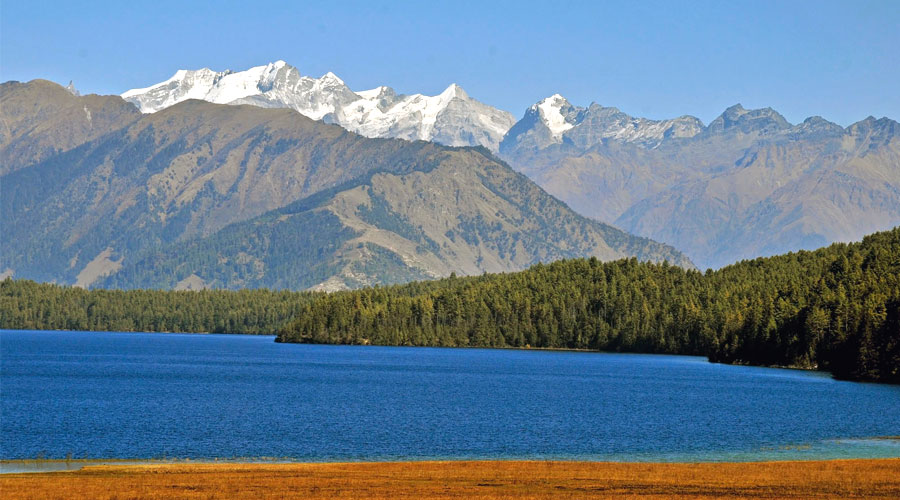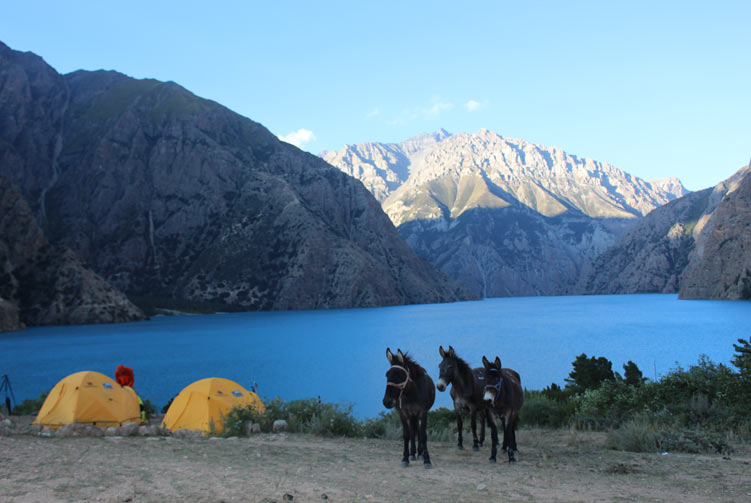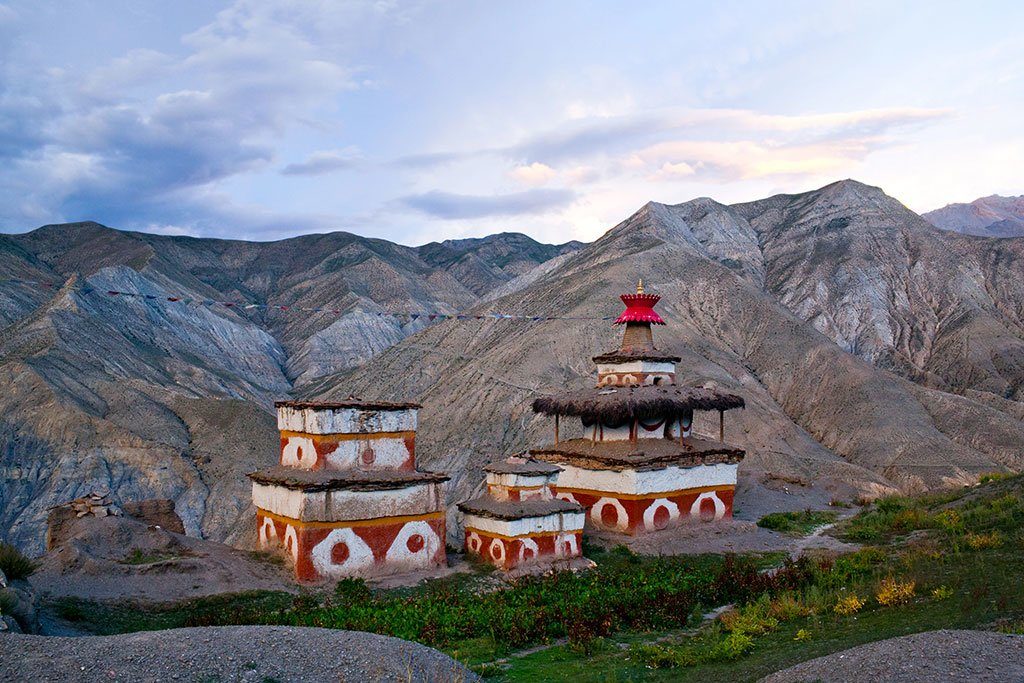Dolpo region is situated between the Tibetan plateau and the Dhaulagiri ranges. The entire district was closed to trekkers until 1989 when the southern part of Dolpo was opened to organized trekking groups. Our trekking adventure begins with tours of UNESCO World Heritage Sites in Kathmandu. We then fly to Nepalgunj and then to Juphal from where we begin our trek in the Dolpo region which was made famous by Peter Matthiessen’s book – The Snow Leopard. Nepal’s first English subtitled movie on Dolpo, The Caravan, was also a huge success and was also nominated for the Oscar Award in the best foreign language film category. On our 28-day trek we pass through interesting villages, trekking routes and meet fascinating people. We also cross a few high Himalayan passes and enjoy the vast and tranquil beauty of Phoksundo Lake. From Shey Gompa, we follow the ancient Trans Himalayan Trade route and return back to Jhuphal as our trek ends. The trek indeed takes us into the wild west of Nepal.
Travel is the movement of people between relatively distant geographical locations, and can involve travel by foot, bicycle, automobile, train, boat, bus, airplane, or other means, with or without luggage, and can be one way or round trip. Travel can also include relatively short stays between successive movements.
The origin of the word “travel” is most likely lost to history. The term “travel” may originate from the Old French word travail, which means ‘work’. According to the Merriam Webster dictionary, the first known use of the word travel was in the 14th century.
It also states that the word comes from Middle English travailen, travelen (which means to torment, labor, strive, journey) and earlier from Old French travailler (which means to work strenuously, toil). In English we still occasionally use the words “travail”, which means struggle. According to Simon Winchester in his book The Best Travelers’ Tales (2004), the words “travel” and “travail” both share an even more ancient root: a Roman instrument of torture called the tripalium (in Latin it means “three stakes”, as in to impale).
The Trip Cost Includes
- All ground transportation by private vehicles
- 3-star hotel in Kathmandu
- All accommodations in tents and suitable Guest Houses during the treks
- Down jacket, 4 seasonal sleeping bag (down jacket and sleeping bag are to be returned after trip completion)
- Welcome & farewell dinner
- All porterages costs
- All cost for a Mustang Adventure Trek leader (First Aid and Eco trained English Speaking) and sherpa assistant. Trek leader helps each individuals while on trek
- All necessary paper works and permits
- Travel & Rescue arrangements
- All government and local taxes if necessary
The Trip Cost Excludes
- Nepalese visa fee
- Excess baggage charge(s)
- Extra night accommodation in Kathmandu because of early arrival, late departure, early return from mountain (due to any reason) than the scheduled itinerary
- Lunch and evening meals in Kathmandu
- International flights
- Travel and rescue insurance
- Personal expenses (phone calls, laundry, bar bills, battery recharge, extra porters, bottle or boiled water, shower, etc.)
- Tips for guide(s), porter(s) and driver(s)




